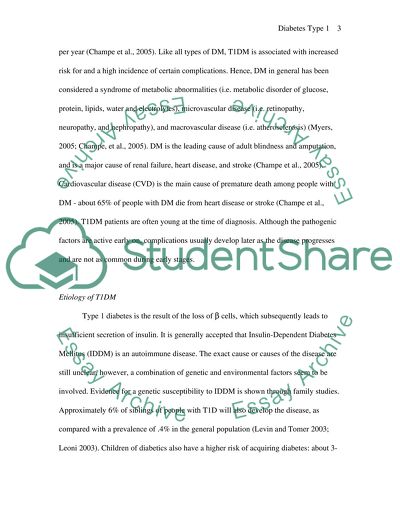Cite this document
(“Diabetes Type 1 Research Paper Example | Topics and Well Written Essays - 2500 words”, n.d.)
Retrieved from https://studentshare.org/family-consumer-science/1414676-diabetes-type
Retrieved from https://studentshare.org/family-consumer-science/1414676-diabetes-type
(Diabetes Type 1 Research Paper Example | Topics and Well Written Essays - 2500 Words)
https://studentshare.org/family-consumer-science/1414676-diabetes-type.
https://studentshare.org/family-consumer-science/1414676-diabetes-type.
“Diabetes Type 1 Research Paper Example | Topics and Well Written Essays - 2500 Words”, n.d. https://studentshare.org/family-consumer-science/1414676-diabetes-type.


